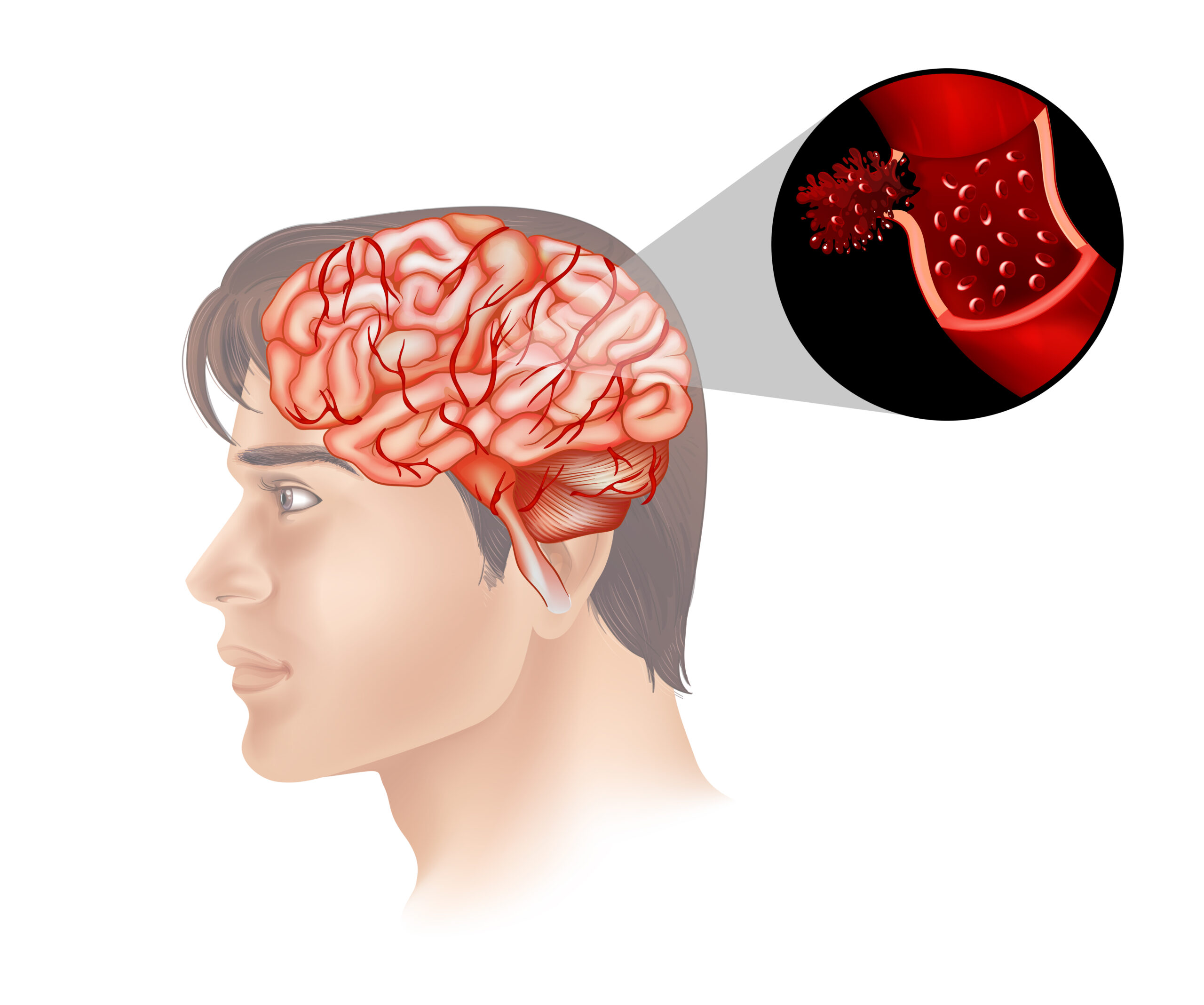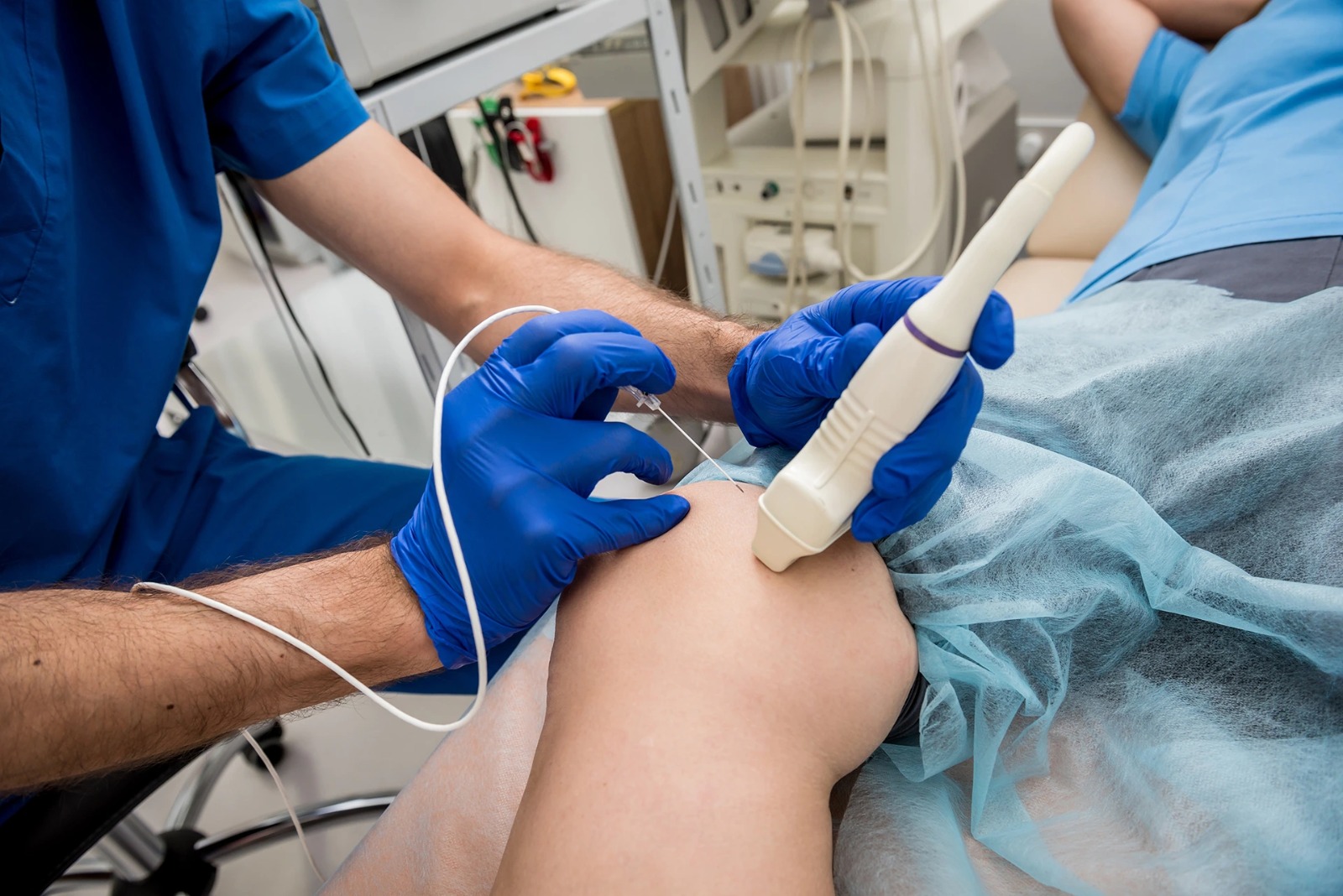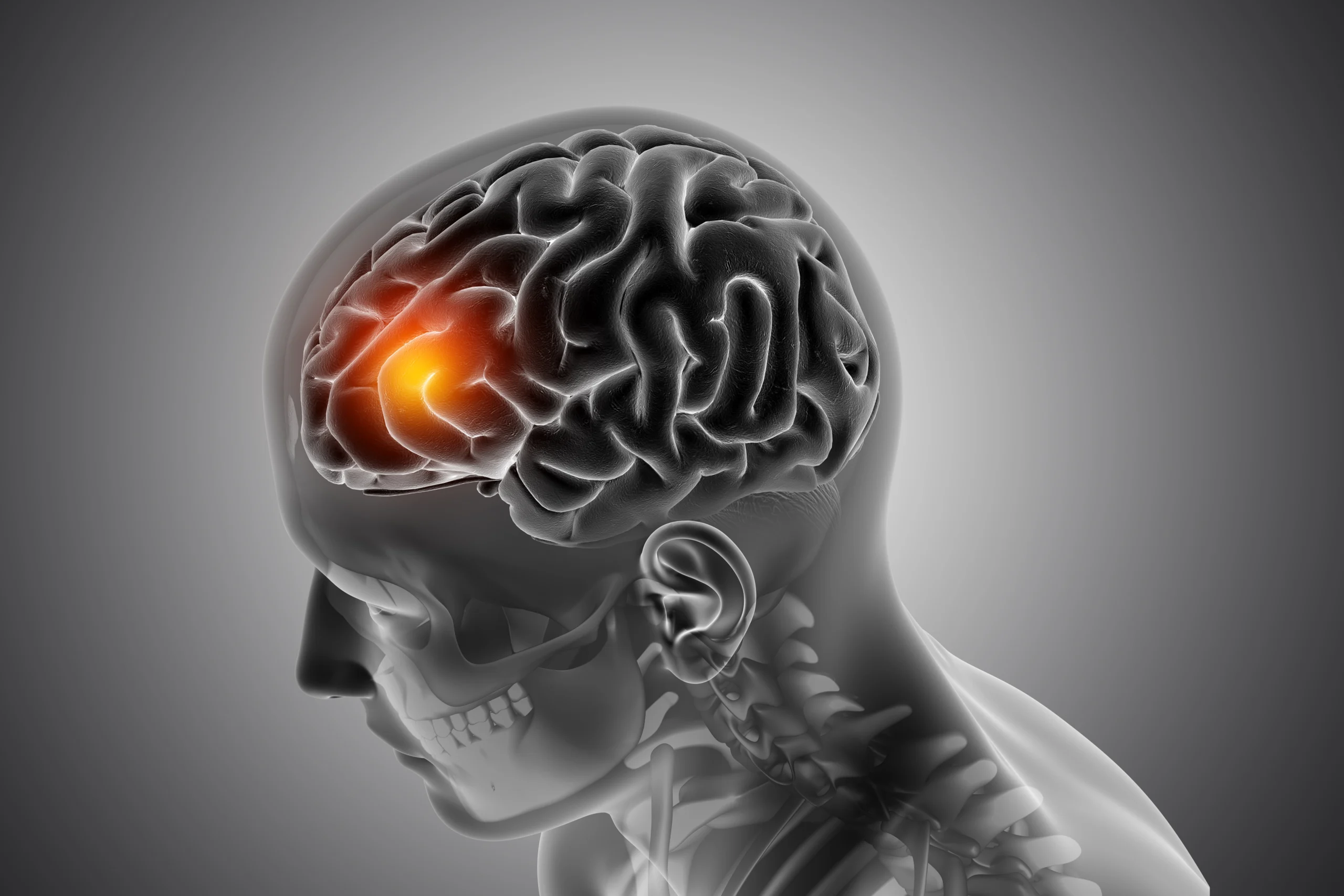Ruptured Brain Aneurysm: Symptoms Causes And Treatment

Ruptured brain aneurysm is one of such medical situation when it bursts, it leaks blood in the brain and this gives a sudden pressure in the skull. Delay in medical aid can be fatal. Being aware of what this condition is, how to diagnose it, and what could be done to treat it will enable you to save a life, maybe even your own.
What Do You Mean by Ruptured Brain Aneurysm?
The blood with a high amount of oxygen is carried to the brain via arteries. One of these artery portions weakens and balloons in a few instances. This is known as a brain aneurysm.
Once that bulge breaks the blood spills into the area around the brain; this is known as subarachnoid haemorrhage. It comes very fast and with a lot of force and in most of the cases it comes without any symptoms. The patient needs immediate attention.
How to Recognise the Signs
Those who have experienced it refer to the initial experience as a splitting headache, which they will say is the worst pain they have ever experienced. It can attack within a second, even when the target is resting or sleeping.
Caution signs can be followed:
- Stiffness in the neck
- Nausea or vomiting
- Sensitivity to light
- Blurred or double vision
- Confusion or fainting
- Seizures
- Weakness or numbness on one side of the body
When these ruptured brain aneurysm symptoms appear, please do not wait to determine whether they will pass. Dial emergency numbers. The quickest help is the one that can be offered to doctors because in this way, they have the best opportunity to manage the bleeding and avoid permanent brain damage.
Why causes an Aneurysm Rupture?
There isn’t just one reason. The majority of the cases can be attributed to a combination of lifestyle and health factors.
Here are some of the main ruptured brain aneurysm causes:
- High blood pressure – This occurs when blood pressure is consistently high, which weakens the walls of the arteries.
- Smoking – Tobacco chemicals cause harm to blood vessels.
- Family history – Some individuals are predisposed to aneurysms due to genetic factors.
- Illnesses – like polycystic kidney disease or connective tissue disorders.
- Age and lifestyle – Individuals over 40 years old, heavy drinkers or drug users are at a greater risk.
- Atherosclerosis – Hardening of vessels imposes further pressure on blood vessel walls.
Learning your risk factors will enable physicians to recommend dietary habits and screening tests early enough to avoid a rupture before it ever occurs.

How to Perform Ruptured Brain Aneurysm Treatment?
When an aneurysm has burst, the doctors intervene to prevent further bleeding and preserve the brain from damage. Two primary treatment alternatives are applied based on the patient’s condition.
1. Surgical Clipping
Here, the skull is opened to access the aneurysm. The surgeon stitches a small metal clip to its base to secure it in place. This prevents the blood from flowing into the aneurysm. Recovery is delayed, but the approach has worked for decades.
2. Endovascular Coiling or Stenting
This is a minimally invasive and modern choice that does not necessitate an open ruptured brain aneurysm surgery. A thin tube (catheter) is inserted via a blood vessel, typically through the groin, and directed towards the brain. After it gets into the aneurysm, it is blocked by inserting small coils or stents. This will avoid additional blood loss and ensure a fast recovery.
Survival and Recovery
Modern medical methods have also significantly increased the ruptured brain aneurysm survival rate. Nevertheless, it is a severe crisis. Approximately 50% of patients survive the initial rupture. Some of them may also face challenges such as memory problems, mobility issues, or visual impairments, among others.
The results determine so much: the age of the individual, the promptness of treatment and the place of the aneurysm. Those who arrive at the hospital as soon as possible and are treated by the most qualified specialists, such as Dr Arvind Nanda, tend to have much better chances of recovery.
What Recovery Looks Like
The ruptured brain aneurysm recovery time takes no time, and it can be restored. The majority of patients have their time in the hospital for the last weeks and are closely monitored to avoid the development of complications like vasospasm (narrowing of arteries) or hydrocephalus (fluid buildup).
Rehabilitation plays a significant role once the patient has stabilised.
Therapies may include:
- Physical therapy – To rebuild strength and balance
- Occupational therapy – To help regain daily life skills
- Speech therapy – If speech or swallowing were affected
- Cognitive exercises – to improve focus and memory
The road to recovery may take months. Some people return to their everyday life within half a year, while others require more time. Patience, follow-up care, and emotional support are key.
Preventing Another Aneurysm
After surviving such a significant event, preventing a second one becomes the top priority. Here are some essential steps:
- Keep your blood pressure under control.
- Quit smoking completely
- Eat healthy and exercise regularly.
- Avoid excessive alcohol.
- Take prescribed medications on time.
- Go for regular follow-up scans.
People with aneurysms should also discuss screening with their family members, as genetic predisposition may predispose individuals to it.
When to Seek Help
When somebody suddenly tells you they have a terrible headache, faints, or exhibits symptoms that suggest they have had a stroke – do not waste more time—emergency assistance. One minute may be the difference between life and death.
To achieve optimal diagnosis and treatment, Dr Arvind Nanda and his team offer modern facilities for managing aneurysms. They offer minimally invasive treatments that focus on faster healing and positive results.
Expert Care by Dr Arvind Nanda
Experience counts when it comes to such delicate brain procedures. Dr Arvind Nanda is among the most reliable interventional radiologists in the Delhi NCR, with over 20 years of experience in performing advanced endovascular treatments. His skills in minimally invasive operations have helped many patients with brain aneurysms and other disorders of the neurovascular system to recover safely.
Dr Nanda is also one of the most outstanding neuroradiologists, having been identified as playing a prominent role with well-known institutions such as IRIA, ISNR, and ISVIR. His practice is centred around accuracy, comfort and quicker recovery – providing patients with options other than open surgery that are safer.
Conclusion
The occurrence of a ruptured brain aneurysm is such a nightmare, yet there is indeed hope in contemporary medicine. Timely response, prompt response, and professional attention can save a life.
Experts, such as Dr Arvind Nanda, who have spent time performing endovascular and neuroradiology procedures, ensure that patients return to their everyday lives without harm. If you experience any symptoms, follow your instincts, respond immediately, and seek the assistance of someone who knows how to handle such sensitive cases.



